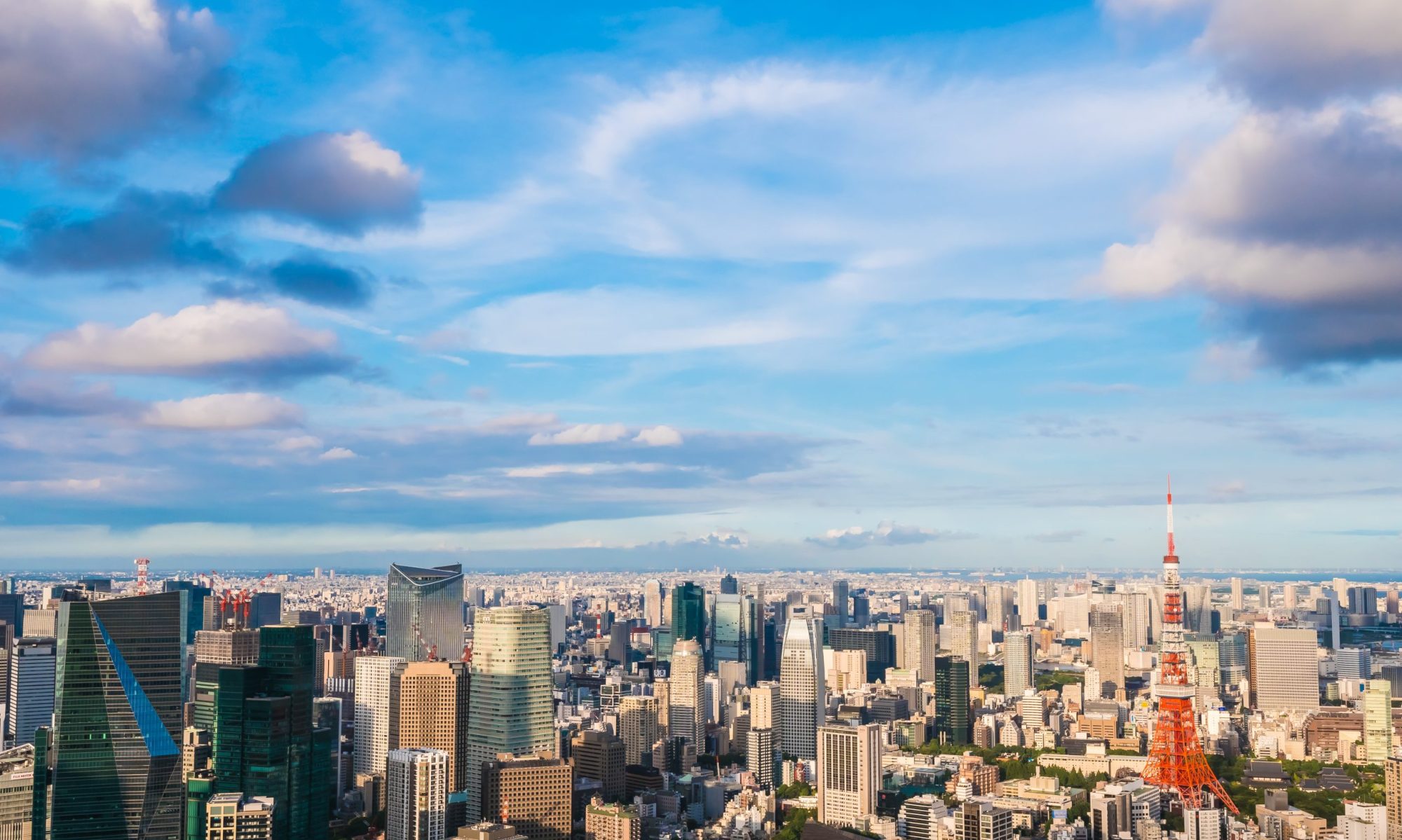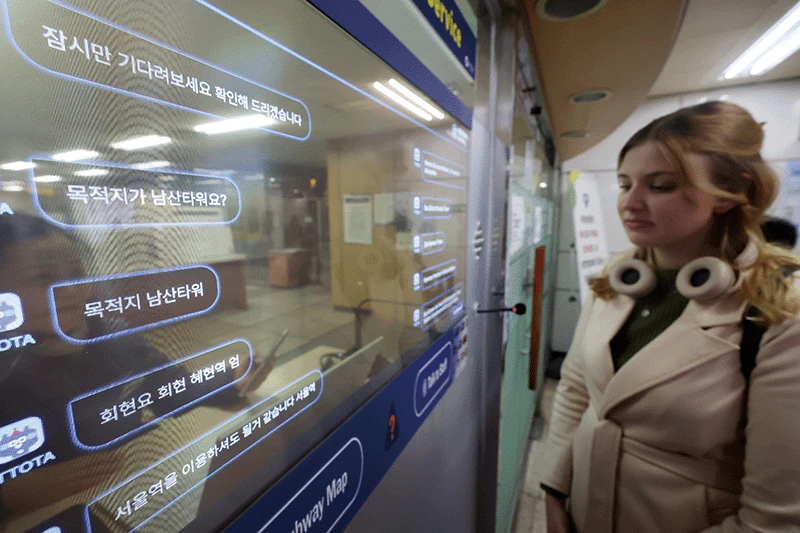On September 9th, Lance Shakosky (33), from the United States, looked bewildered in front of the UNESCO building in Myeongdong, Seoul. When a reporter asked what was wrong, he showed his phone and asked, “Where is Myeongdong?” The problem was that Google Maps, his essential travel tool, wasn’t working. He laughed when he realized he was actually in Myeongdong, but wondered, “Doesn’t Google Maps work in Korea?”
The next morning, exchange student Julia Landa (22) shared the difficulties she had experienced during her month in Korea. Her biggest wish was to binge-watch Korean dramas and order “chimaek” (chicken and beer) delivery. However, using delivery apps was not easy. She downloaded the recommended “Baedal Minjok” app, but faced difficulties with the complicated phone verification process, unlike the familiar “Continue with Google” option she was used to in the US.

High Digital Barriers for Foreigners
Why is it difficult for foreigners to “live like locals” in Korea? While the number of foreign tourists visiting Korea in the first half of this year reached 7.7 million, a 73.8% increase from last year, complaints about Korea’s digital environment are also growing. As domestic apps dominate the market, overseas services like Uber and Google Maps have become virtually unusable. The decline in the revisit rate of foreign tourists from 58.3% in 2019 to 56.1% last year may be related to this change.
The biggest problem is that Google Maps doesn’t provide accurate information in Korea. Shakosky expressed his frustration, saying, “It’s natural to turn on Google Maps to find locations and get directions when traveling.” However, due to a law restricting the export of map data for security reasons, Google Maps does not function properly in Korea. There’s a running joke among foreigners that they should be advised to ditch Google Maps and use domestic apps like Naver Maps or KakaoMap at Incheon Airport.
Foreign tourists have to adapt to these “local apps.” For example, Uber does not offer ride-sharing services in Korea and redirects users to the domestic app “UT,” which has fewer taxi options than Kakao T. Landa said that while she was able to create an account with her US phone number, there were restrictions on using foreign credit cards.
‘Identity Verification’ – Another Hurdle
Another difficulty is the ‘identity verification’ process. Many apps require a Korean phone number, which is inconvenient for short-term foreign visitors using eSIMs. Additionally, many apps require credit card verification, making it even more difficult for foreigners to use them. Convenient payment services like Naver Pay and Kakao Pay are virtually inaccessible to foreigners due to these regulations.
Relative Improvements in Japan
Japan, once known as “Galapagos” for its cash-centric society, is changing rapidly. Apple Pay can be used on public transport, and mobile payment services like Line Pay are widely accepted. While UberX is not available, it is possible to hail taxis through the app. Mr. Park, a resident of Japan, said, “Japan has changed a lot since the Tokyo Olympics,” noting that services for foreign tourists are improving.
Korean companies are also beginning to recognize these issues and are attempting to make changes. Baedal Minjok and Kakao T, which have long been difficult for foreign tourists to use, now support overseas card payments, and Kakao T has improved its services to allow easy registration without a Kakao account through the ‘K-Ride’ app.
Need for Improvement in Digital Tourism Infrastructure
Professor Jeong Ran-soo of the Department of Tourism at Hanyang University emphasized the need to strengthen support for digital tourism infrastructure, mentioning the need to expand multilingual app support and regulatory innovation. He argues that in a situation where foreign companies like Booking.com are dominating the market, it is necessary to prevent the outflow of domestic capital and develop services for foreign tourists.
In conclusion, Korea needs to improve its digital environment to provide a better experience for foreign tourists. The future of Korean tourism will be bright only when it finds a balance between tradition and global trends and provides services that meet the expectations of foreign tourists.


